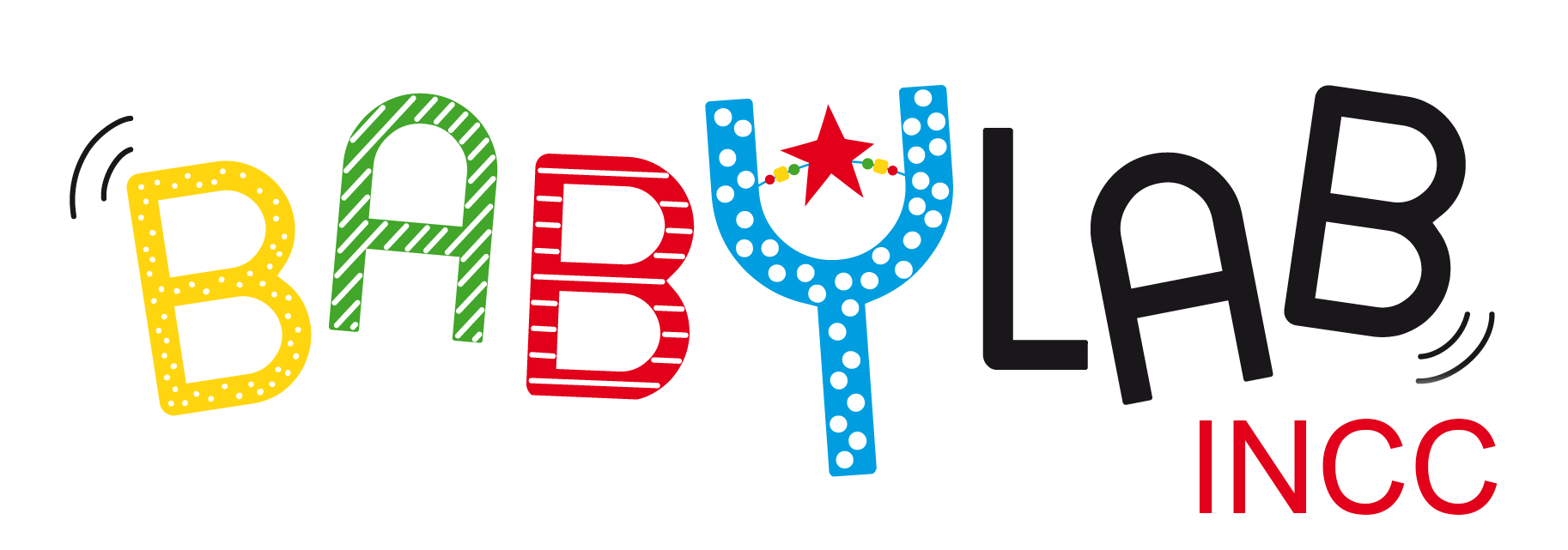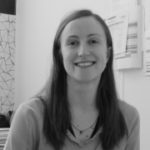2025 – 2029
From the very first months of life, infants possess the ability to perceive the number of items in collections, and can perform simple arithmetic operations on these numerosities. These early intuitions support children’s learning of arithmetic at school, and remain integral to adults’ number concepts. While we now have quite a good understanding of the content and limitations of these early intuitions of number, much less is known about the cognitive foundations of geometry, another major branch of mathematics. Building on a previous ANR project (“Geometries“), this new project aims at characterizing the geometric content of form representations across a variety of formats (2D, 3D), presentation modalities (vision, touch), ages (infants, children, adults), and visual experience (sighted and blind participants). Our studies will test whether people are able to represent forms in the manner of Euclidean geometry (representing size and shape, but abstracting away position and orientation), and according to the geometries
forming the hierarchy of Klein, which are either more precise (e.g. taking orientation into account) or more abstract (e.g. abstracting angle values) than Euclidean geometry. We will also explore geometries inspired by biology (e.g. abstracting the angles between parts of a shape, as in a body changing posture). These studies will inform our understanding of the sources of human geometric knowledge – a philosophical issue. They will also provide valuable information for school educators to tailor geometric material and curricula to children’s intuitions, for sighted as well as blind children.
Some of this work will be the object of Léa Lefer‘s doctoral thesis. Work with blind children and adults will be conducted in collaboration with Prof. Virginie Crollen from Université Catholique of Louvain-la-Neuve, Belgium.


